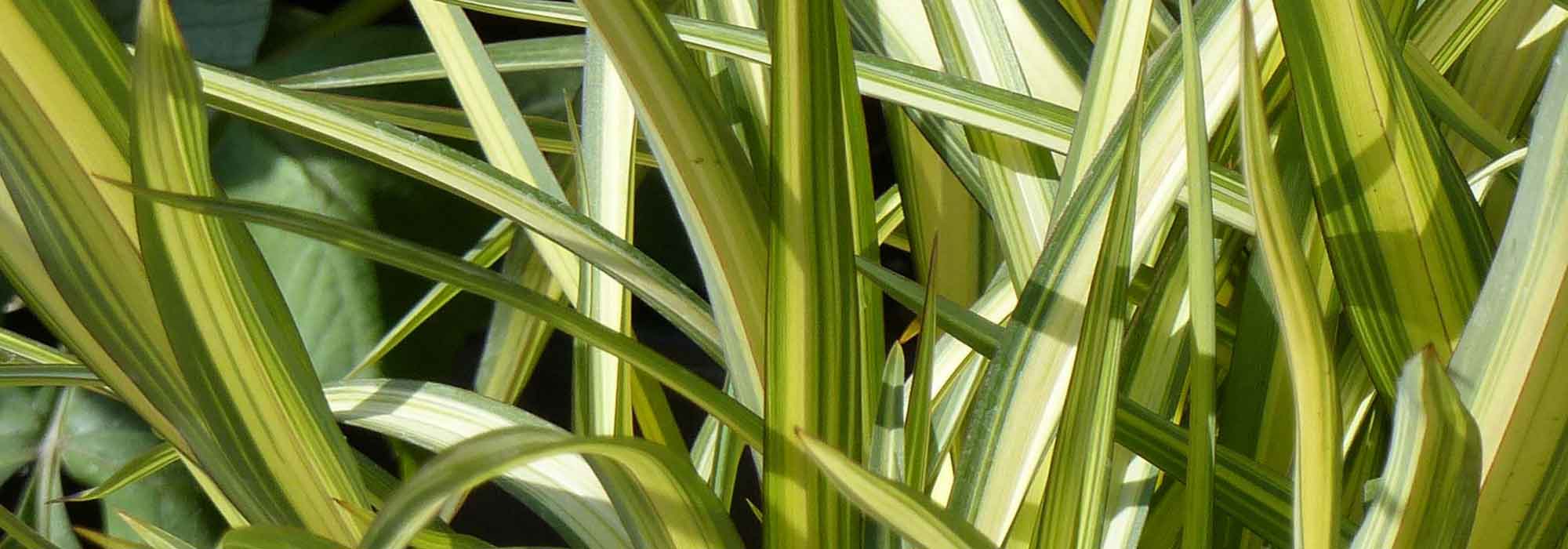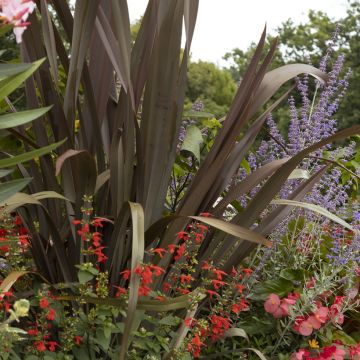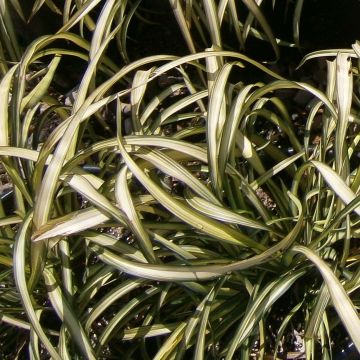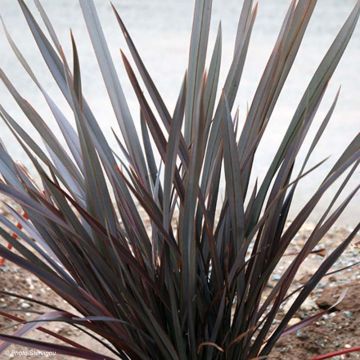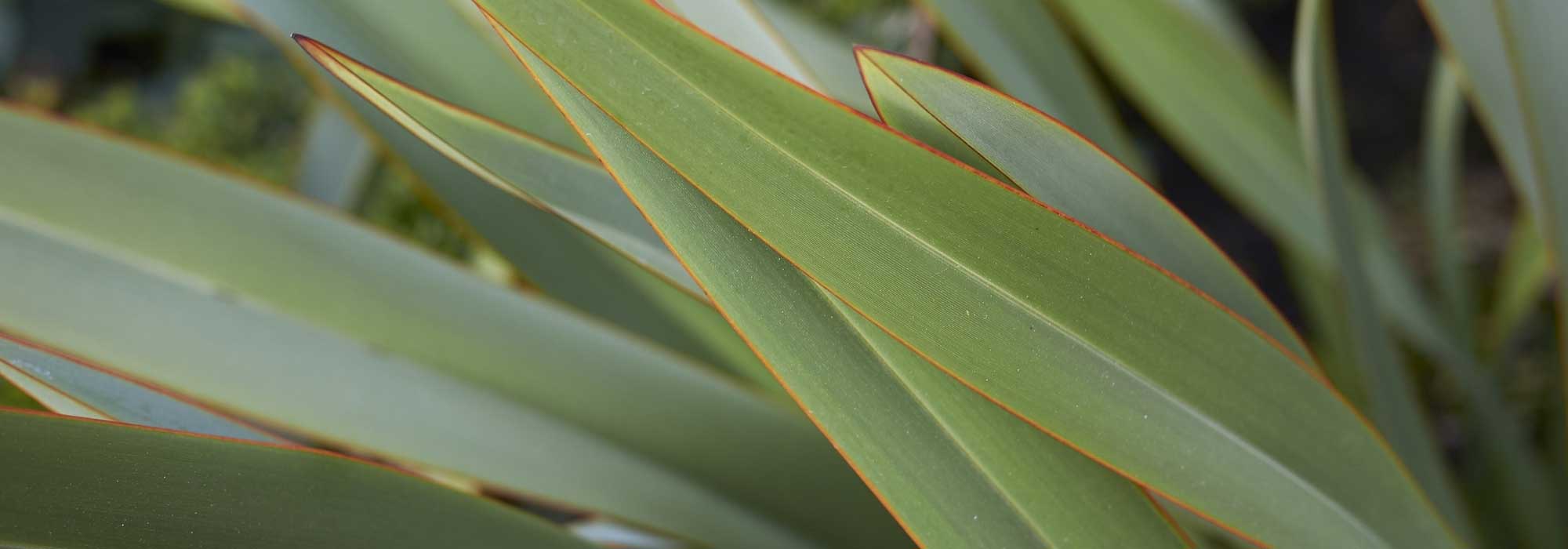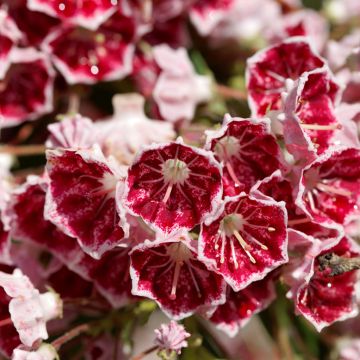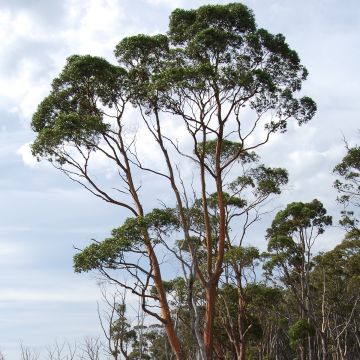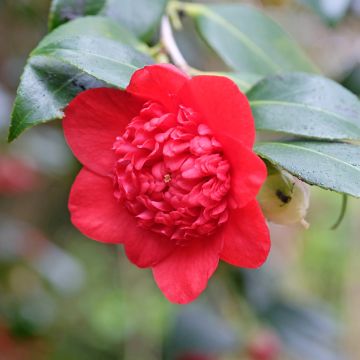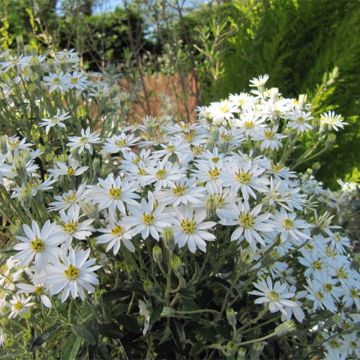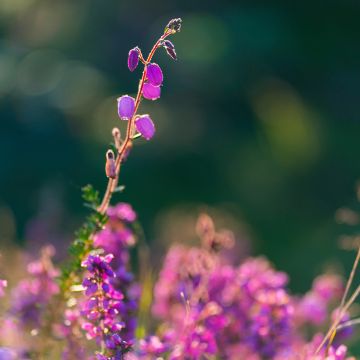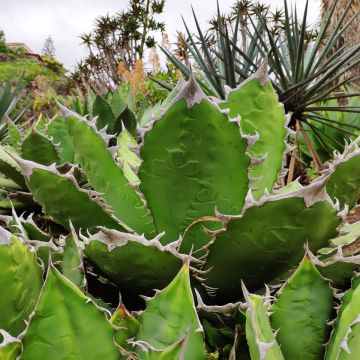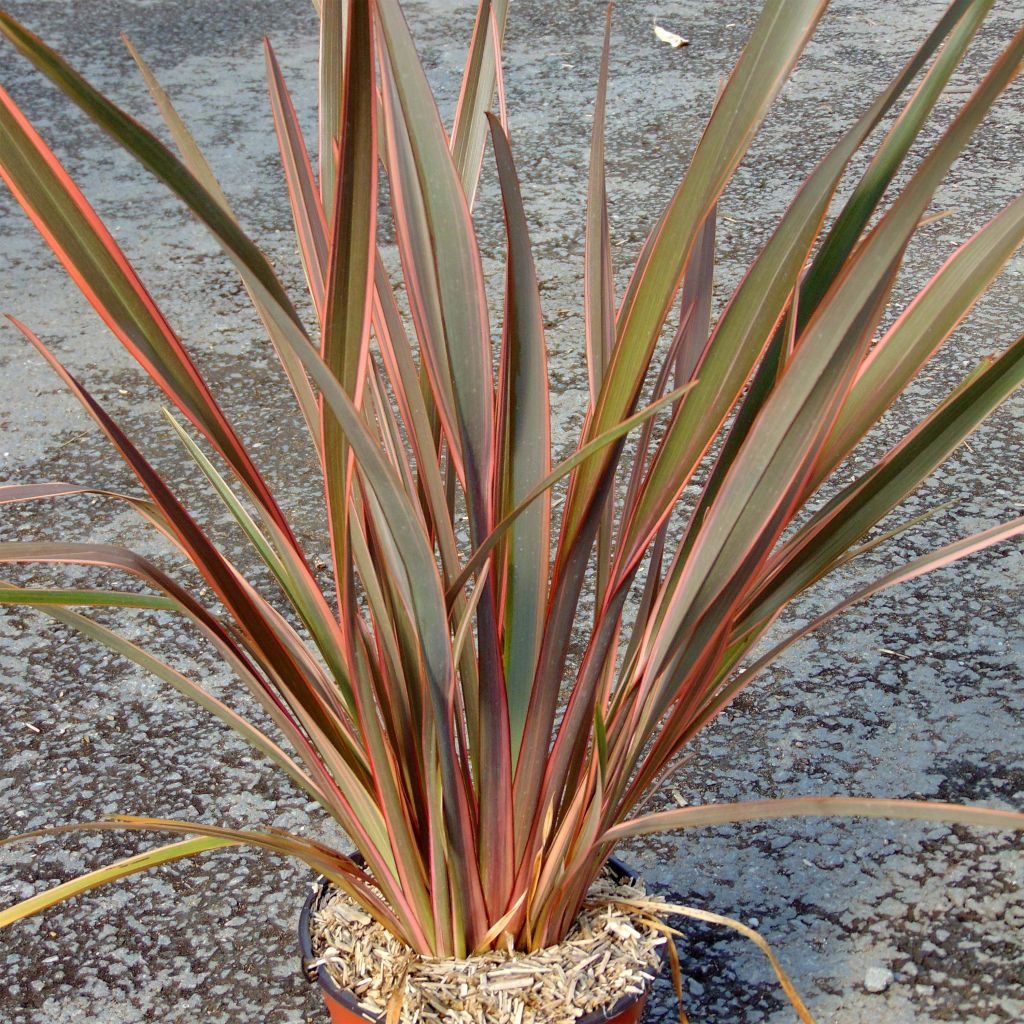

Phormium tenax Sundowner - New Zealand Flax
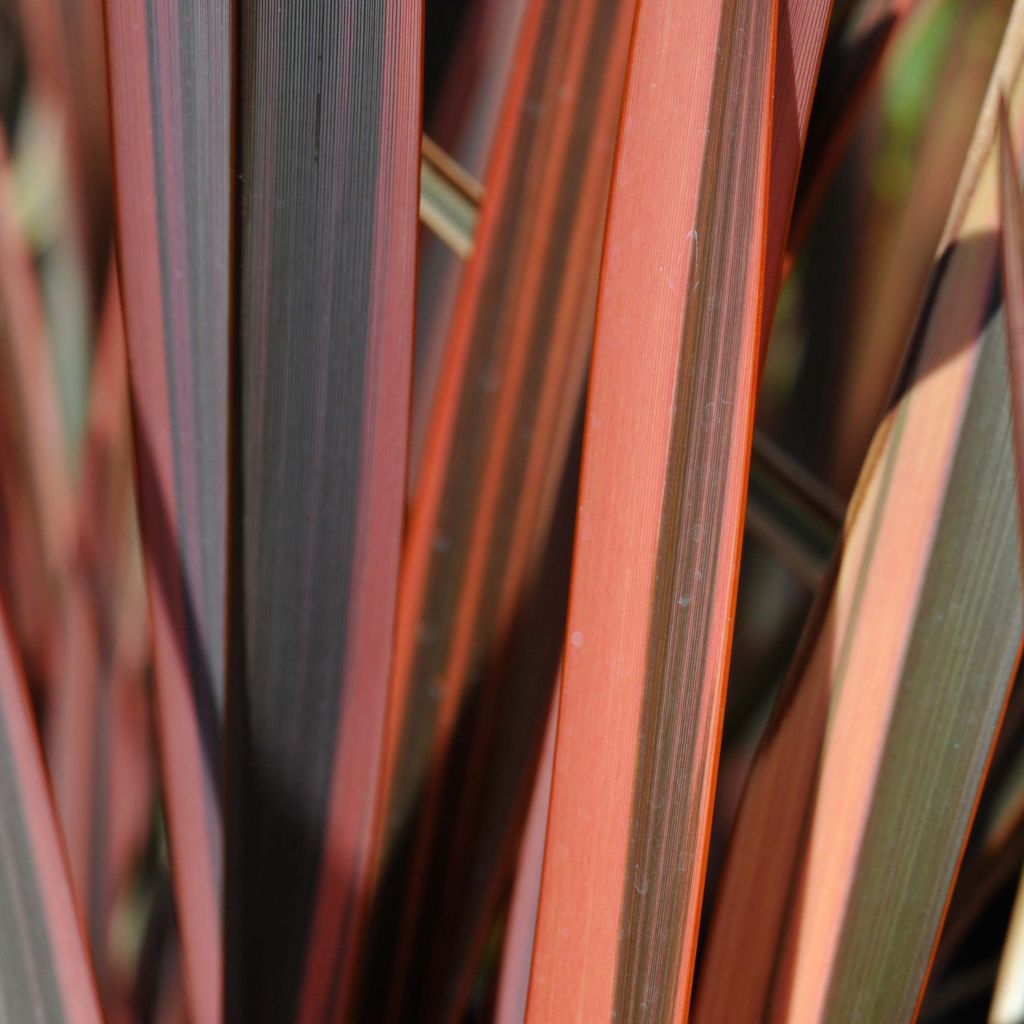

Phormium tenax Sundowner - New Zealand Flax
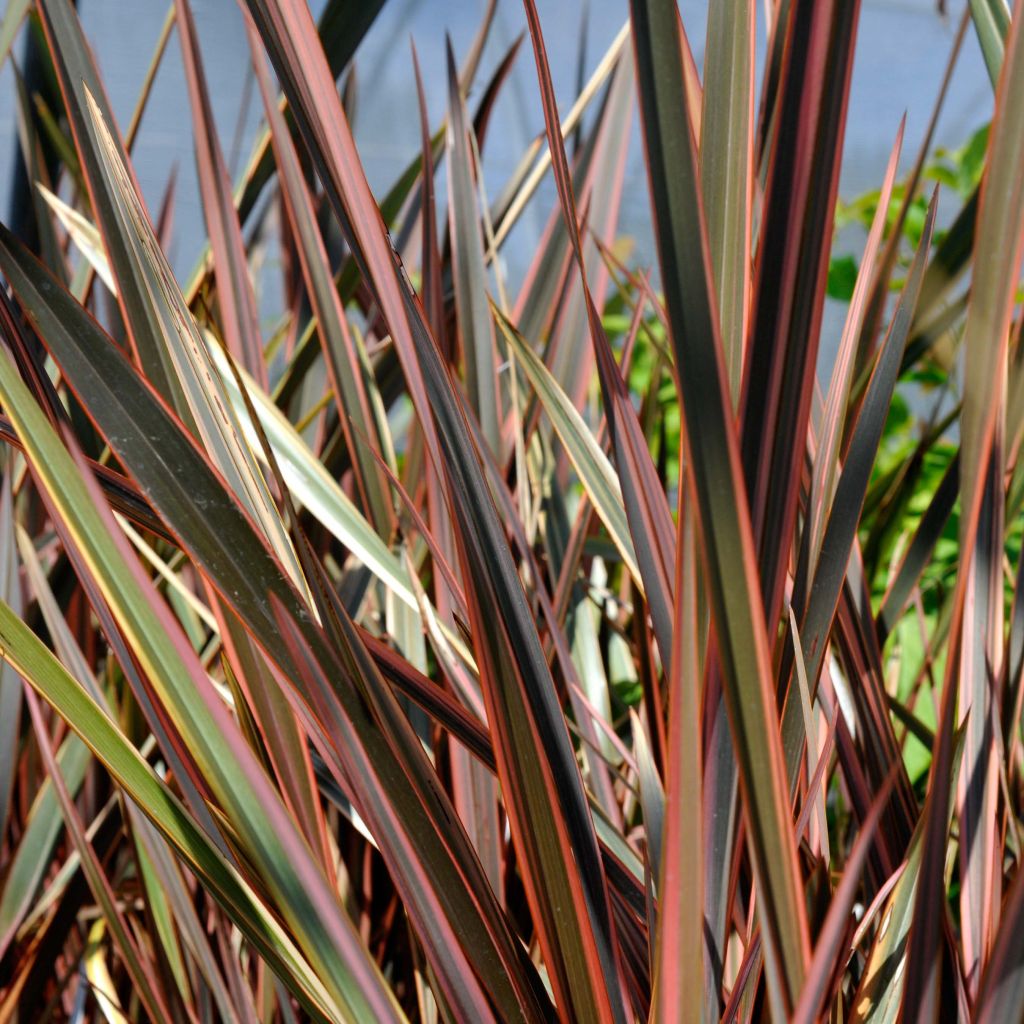

Phormium tenax Sundowner - New Zealand Flax
Phormium tenax Sundowner - New Zealand Flax
Phormium tenax Sundowner
New Zealand Flax, Flax Lily
Hello, the 2 young plants received did not take root, despite the care provided, however the replacement made immediately upon my complaint, were delivered immediately and are apparently in excellent condition and very beautiful. I am very satisfied. Pierre
pierre G., 15/10/2019
Special offer!
Receive a €20 voucher for any order over €90 (excluding delivery costs, credit notes, and plastic-free options)!
1- Add your favorite plants to your cart.
2- Once you have reached €90, confirm your order (you can even choose the delivery date!).
3- As soon as your order is shipped, you will receive an email containing your voucher code, valid for 3 months (90 days).
Your voucher is unique and can only be used once, for any order with a minimum value of €20, excluding delivery costs.
Can be combined with other current offers, non-divisible and non-refundable.
Home or relay delivery (depending on size and destination)
Schedule delivery date,
and select date in basket
This plant carries a 12 months recovery warranty
More information
We guarantee the quality of our plants for a full growing cycle, and will replace at our expense any plant that fails to recover under normal climatic and planting conditions.

Would this plant suit my garden?
Set up your Plantfit profile →
Description
Phormium tenax 'Sundowner' is a remarkably colourful variety of New Zealand Flax. Its bold, slightly spreading habit and long bronze-green leaves, sometimes touched with brown and heavily edged in pink, all make this plant exotic to gardeners. This fantastic colour intensifies under the summer sun, offering a magnificent spectacle throughout the year. Phormium tenax plants are adaptable but not very hardy, especially the dark-leaved forms. Their use and chosen location must be carefully considered due to their significant growth and strong personality. They can be easily grown in a large container for overwintering in cold climates.
The 'Sundowner' New Zealand Flax belongs to the agave family. It is a beautiful variety derived from Phormium tenax, the larger and hardier of the two New Zealand species. More suited than P. cookianum to occasionally dry soils once established, P. tenax is a widely distributed plant in its country of origin, where it colonizes various environments and soils. This superb rhizomatous perennial develops in a large non-spreading clump composed of multiple rosettes. Each rosette is made up of a bunch of folded leaves, overlapping each other, forming perfect fans. With an upright and bushy habit, it reaches 1.20 m (3 ft 11 in) to 1.50 m (4 ft 11 in) in all directions, depending on the growing conditions. The leaves are wide, up to 6 cm (2.4 in), slightly arching, very long, leathery, pointed at their tips, with a green-grey-bronze colour bordered in bright pink to salmon-pink in summer, becoming more brownish in winter. This variety occasionally flowers, producing tall flower stalks that appear from May to July, depending on the climate, towering above the foliage clump. They are green, tinged with purple and bear curved, yellowish, tube-shaped flowers.
This Phormium is a plant of great ornamental value, suitable for large beds or large rock gardens in mild climates. Whether used as a specimen or planted in groups, it structures the space, with its bronze and pink foliage complementing the silvery shrubs of artemisias or the Pachystegia insignis Daizea. Like tall grasses, it is also a wonderful perennial for a modern garden with clean lines, where its base can be surrounded by a bed of pebbles. In colder regions, it can be grown in a large pot on the terrace or balcony, to admire its presence during the growing season, and overwintered frost-free in a cold greenhouse or lightly heated conservatory. In an urban garden, it softens concrete structures and stands out majestically against a gravel mulch. For an exotic and contrasting atmosphere, it can be placed against an evergreen Ceanothus (Italian Skies, Concha, Victoria) for example. The combination with a Leucophyllum frutescens or a Leptospermum scoparium, both pink-flowering balls, in summer for the former and early autumn for the latter, is delightful for 4 months. The grey foliage of Helichrysum rosmarinifolium 'Silver Jubilee', or the purple of Pittosporum Tom Thumb, will blend beautifully with its lovely leaves. These seaside plants appreciate similar growing conditions.
The Maoris use Phormiums as we use flax, for their fibres that are used in the textile industry. This is likely where the vernacular name 'New Zealand Flax' comes from.
Phormium tenax Sundowner - New Zealand Flax in pictures
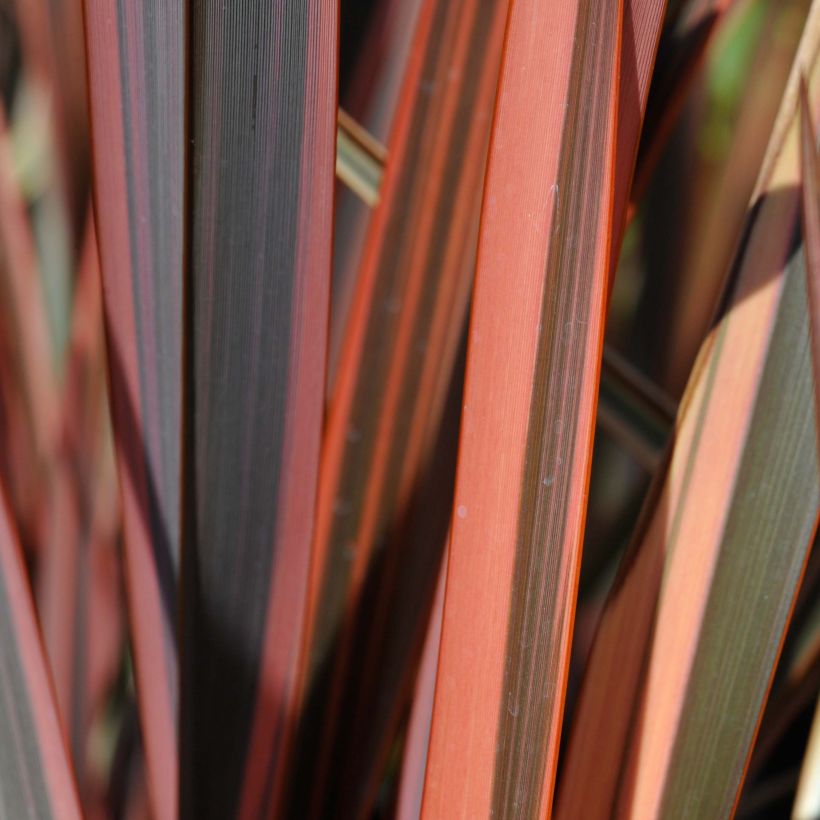

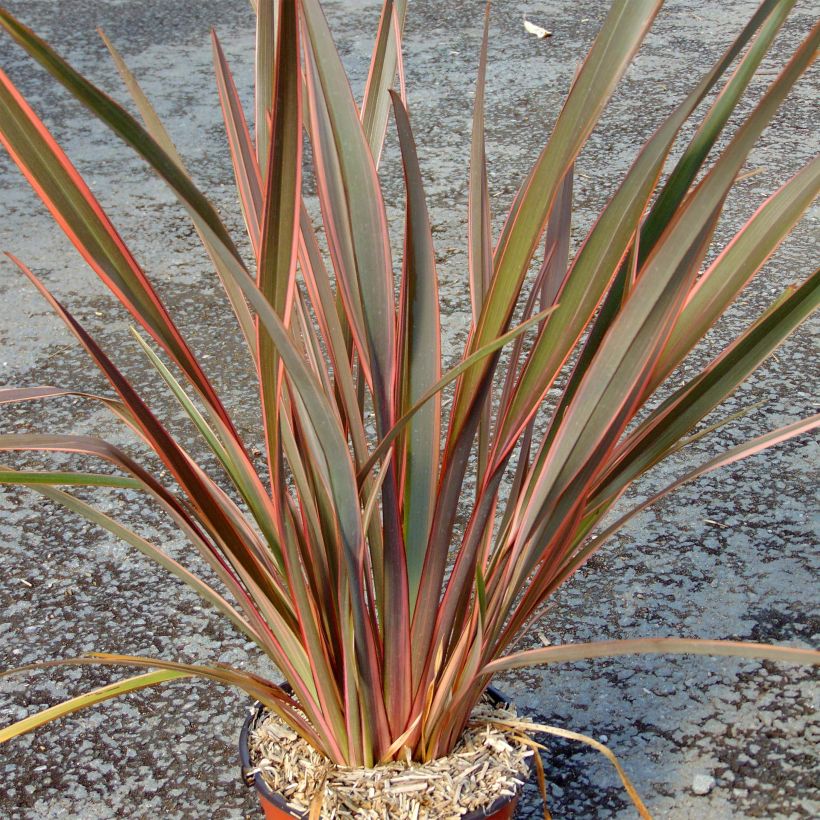

Flowering
Foliage
Plant habit
Botanical data
Phormium
tenax
Sundowner
Agavaceae
New Zealand Flax, Flax Lily
Cultivar or hybrid
Other Phormium
View all →Planting and care
Phormium tenax 'Sundowner' is a hardy plant that can be grown in open ground in regions where short-lived frosts do not drop below -7°C (19.4 °F). In all other areas, pot cultivation is more suitable, allowing for wintering in a frost-free, cool and bright room.
Plant your Phormium in a container or large pot with a bottom filled with gravel, pot shards or clay pellets. The soil mix should be fertile and well-draining (1/3 leaf compost, 1/3 compost, and 1/3 ordinary garden soil, enriched with a handful of bonemeal). Place the plant in full sun. Water generously during the growing season, making sure the soil never completely dries out. Feed the plant with "green plant" fertilizer diluted in water, once a month. In winter, reduce water and fertilizer inputs, and let the soil dry superficially between waterings.
Open ground cultivation:
In regions with mild climates and light frosts, plant Phormium in open ground, in a very well-drained, deep and fertile soil. In summer, make sure the plant doesn't lack water. In winter, it can rely on rainwater. In Mediterranean regions, a copious watering every 15 days is sufficient in summer. In more rainy oceanic climates, let nature take its course.
In case of severe frost, place a thick mulch at the base of the plant and cover it with fleece. While the plant is capable of regrowing from the stump in spring, it will quickly exhaust itself trying to rebuild the vegetation that is cut back every year, and will never reach its full size and the majestic appearance of a giant grass that gives it its appeal.
Phormium tenax and its varieties are generally easier to cultivate and less demanding of the soil than plants derived from P.cookianum, contrary to what is sometimes read. A deep, well-drained soil, ordinary but lightened with gravel or coarse sand, will be perfectly suitable. It is also worth noting that P. tenax tolerates drought periods better than its cousin cookianum. It is therefore more suitable for hot climates, even though lack of water hinders its naturally slow growth.
Planting period
Intended location
Care
Planting & care advice
-
, onOrder confirmed
Reply from on Promesse de fleurs
Similar products
Haven't found what you were looking for?
Hardiness is the lowest winter temperature a plant can endure without suffering serious damage or even dying. However, hardiness is affected by location (a sheltered area, such as a patio), protection (winter cover) and soil type (hardiness is improved by well-drained soil).

Photo Sharing Terms & Conditions
In order to encourage gardeners to interact and share their experiences, Promesse de fleurs offers various media enabling content to be uploaded onto its Site - in particular via the ‘Photo sharing’ module.
The User agrees to refrain from:
- Posting any content that is illegal, prejudicial, insulting, racist, inciteful to hatred, revisionist, contrary to public decency, that infringes on privacy or on the privacy rights of third parties, in particular the publicity rights of persons and goods, intellectual property rights, or the right to privacy.
- Submitting content on behalf of a third party;
- Impersonate the identity of a third party and/or publish any personal information about a third party;
In general, the User undertakes to refrain from any unethical behaviour.
All Content (in particular text, comments, files, images, photos, videos, creative works, etc.), which may be subject to property or intellectual property rights, image or other private rights, shall remain the property of the User, subject to the limited rights granted by the terms of the licence granted by Promesse de fleurs as stated below. Users are at liberty to publish or not to publish such Content on the Site, notably via the ‘Photo Sharing’ facility, and accept that this Content shall be made public and freely accessible, notably on the Internet.
Users further acknowledge, undertake to have ,and guarantee that they hold all necessary rights and permissions to publish such material on the Site, in particular with regard to the legislation in force pertaining to any privacy, property, intellectual property, image, or contractual rights, or rights of any other nature. By publishing such Content on the Site, Users acknowledge accepting full liability as publishers of the Content within the meaning of the law, and grant Promesse de fleurs, free of charge, an inclusive, worldwide licence for the said Content for the entire duration of its publication, including all reproduction, representation, up/downloading, displaying, performing, transmission, and storage rights.
Users also grant permission for their name to be linked to the Content and accept that this link may not always be made available.
By engaging in posting material, Users consent to their Content becoming automatically accessible on the Internet, in particular on other sites and/or blogs and/or web pages of the Promesse de fleurs site, including in particular social pages and the Promesse de fleurs catalogue.
Users may secure the removal of entrusted content free of charge by issuing a simple request via our contact form.
The flowering period indicated on our website applies to countries and regions located in USDA zone 8 (France, the United Kingdom, Ireland, the Netherlands, etc.)
It will vary according to where you live:
- In zones 9 to 10 (Italy, Spain, Greece, etc.), flowering will occur about 2 to 4 weeks earlier.
- In zones 6 to 7 (Germany, Poland, Slovenia, and lower mountainous regions), flowering will be delayed by 2 to 3 weeks.
- In zone 5 (Central Europe, Scandinavia), blooming will be delayed by 3 to 5 weeks.
In temperate climates, pruning of spring-flowering shrubs (forsythia, spireas, etc.) should be done just after flowering.
Pruning of summer-flowering shrubs (Indian Lilac, Perovskia, etc.) can be done in winter or spring.
In cold regions as well as with frost-sensitive plants, avoid pruning too early when severe frosts may still occur.
The planting period indicated on our website applies to countries and regions located in USDA zone 8 (France, United Kingdom, Ireland, Netherlands).
It will vary according to where you live:
- In Mediterranean zones (Marseille, Madrid, Milan, etc.), autumn and winter are the best planting periods.
- In continental zones (Strasbourg, Munich, Vienna, etc.), delay planting by 2 to 3 weeks in spring and bring it forward by 2 to 4 weeks in autumn.
- In mountainous regions (the Alps, Pyrenees, Carpathians, etc.), it is best to plant in late spring (May-June) or late summer (August-September).
The harvesting period indicated on our website applies to countries and regions in USDA zone 8 (France, England, Ireland, the Netherlands).
In colder areas (Scandinavia, Poland, Austria...) fruit and vegetable harvests are likely to be delayed by 3-4 weeks.
In warmer areas (Italy, Spain, Greece, etc.), harvesting will probably take place earlier, depending on weather conditions.
The sowing periods indicated on our website apply to countries and regions within USDA Zone 8 (France, UK, Ireland, Netherlands).
In colder areas (Scandinavia, Poland, Austria...), delay any outdoor sowing by 3-4 weeks, or sow under glass.
In warmer climes (Italy, Spain, Greece, etc.), bring outdoor sowing forward by a few weeks.






























